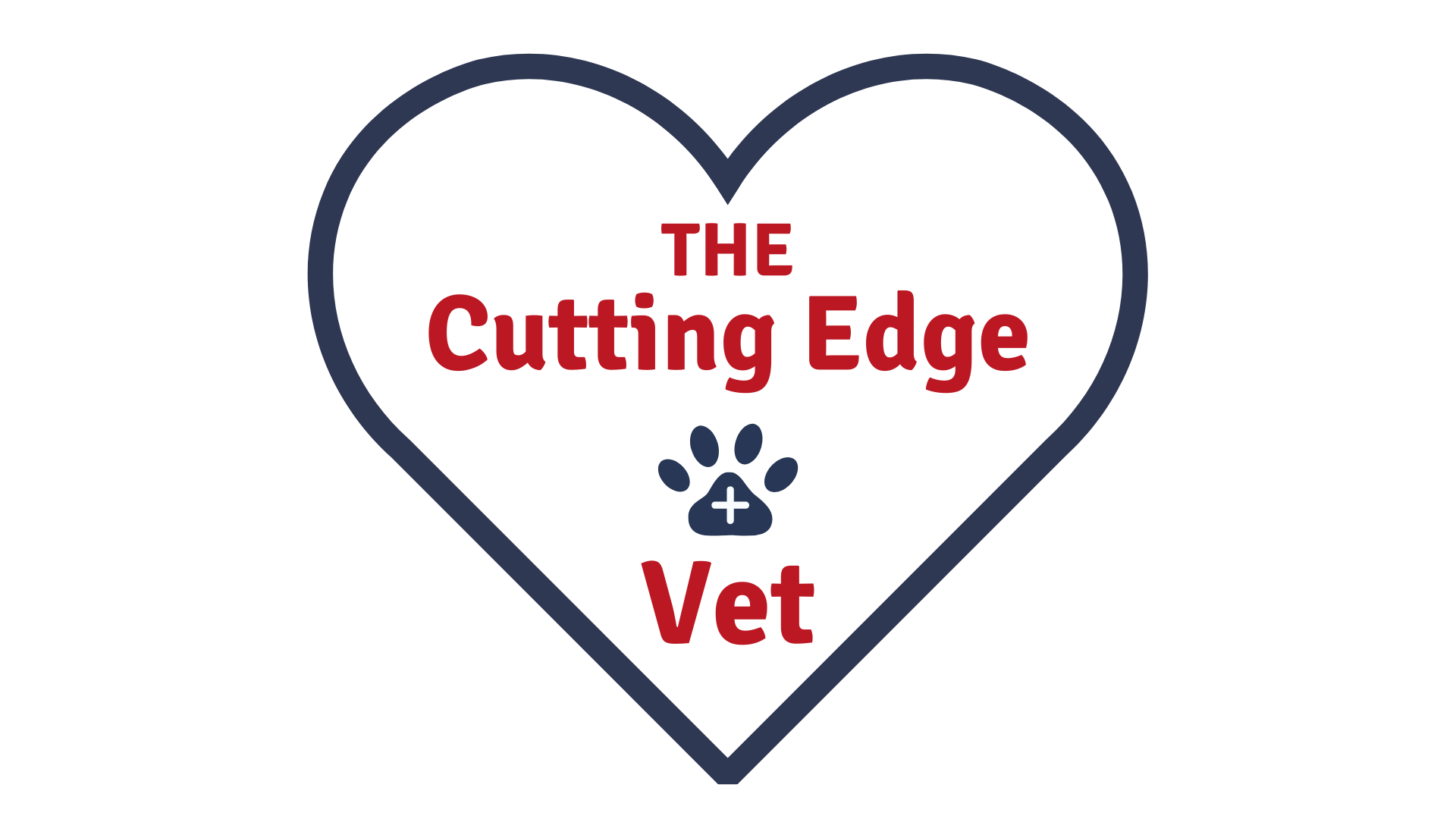Dogs are known for their ability to express emotions, but do they cry in the same way humans do? While dogs don’t shed tears like we do, they have their own unique ways of showing sadness and distress. In this article, we’ll explore the emotional world of dogs, their expressions of sadness, and when it’s important to seek veterinary care for their eyes.
Canine Emotions and Sadness:
Just like humans, dogs experience a range of emotions, including sadness. They can feel happy, sad, excited, anxious, and even jealous. Their emotional state can be influenced by various factors, such as the loss of a companion or owner, being left alone for extended periods, or significant life changes.
Expressing Sadness:
Dogs exhibit their sadness through behavioral and physical changes. When feeling down, they may display signs of restlessness, changes in appetite, altered sleep patterns, loss of interest in activities, or weight fluctuations. Additionally, dogs may seek constant companionship, not wanting to let their owners out of their sight upon their return.
Understanding Dog Tears:
Contrary to popular belief, dog tears are not directly related to sadness. Excessive tearing in dogs, known as epiphora, can be caused by various underlying conditions such as infections, allergies, shallow eye sockets, glaucoma, or anatomical abnormalities. It’s essential to differentiate between tear production due to emotional distress and tears resulting from medical issues.
When to Seek Veterinary Care:
Excessive and prolonged tearing, along with certain accompanying symptoms, may indicate a need for a veterinary visit. Continuous blinking, redness of the eyes, pawing at the face or eye, rubbing the eye against objects, or holding the eye closed are signs that a more serious condition could be present. In such cases, it is advisable to consult with a veterinarian, who may refer you to a veterinary ophthalmologist if necessary.
The Importance of Veterinary Attention:
Certain eye conditions in dogs, including corneal ulcerations, infections, ectopic cilia, foreign bodies, or trauma, require professional diagnosis and treatment. Additionally, dry eye (keratoconjunctivitis sicca or KCS) can lead to serious eye diseases. Visiting a veterinarian will ensure proper evaluation, diagnosis, and appropriate care for your dog’s eye health.
While dogs don’t cry tears of sadness as humans do, they have their own unique ways of expressing their emotions. Recognizing the signs of sadness in dogs is crucial for their well-being. Understanding the difference between emotional distress and medical conditions causing excessive tearing is important in determining when veterinary care is necessary. By staying attuned to our canine companions’ emotional and physical needs, we can provide them with the care and support they require.
